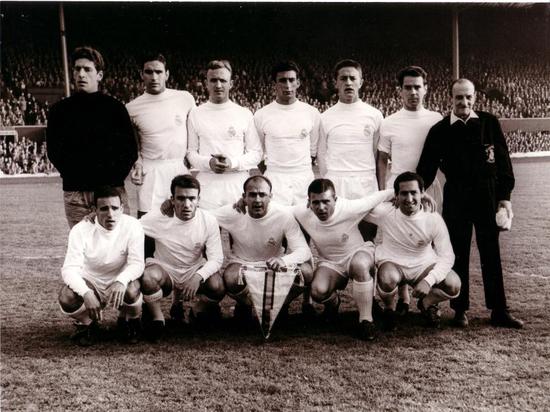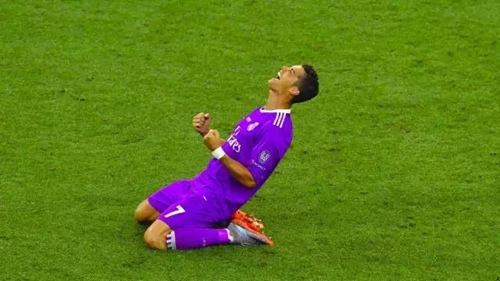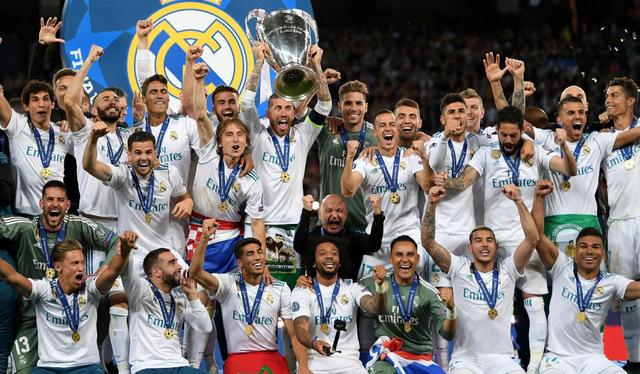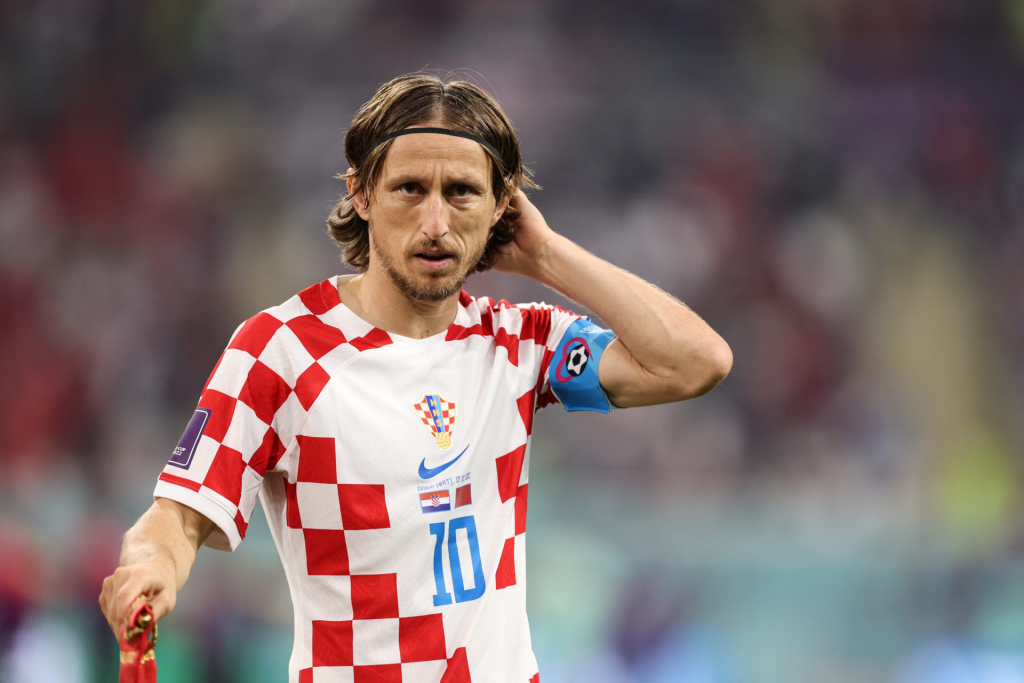Real Madrid, one of the most successful football clubs in the world, has had several eras of dominance throughout its history. However, perhaps none are more iconic and memorable than the Galacticos era, which spanned from 2000 to 2006. During this period, the club assembled a team of superstar players from around the world, including Ronaldo, Zinedine Zidane, David Beckham, and many others. In this article, we will take a closer look at the Galacticos era, its impact on Real Madrid, and the legacy it left behind.

The Galacticos era was marked by the arrival of several high-profile players who were regarded as some of the best in the world at the time. The first major signing of this era was Luis Figo, who joined Real Madrid in 2000 from arch-rivals Barcelona. His arrival was a shock to the football world and signaled Real Madrid’s intent to become the dominant force in European football. The following year, the club signed Zinedine Zidane from Juventus for a then-world record transfer fee of €77.5 million. Zidane would go on to become one of the greatest players in Real Madrid’s history and lead the team to several major trophies.

Other notable signings during the Galacticos era included Ronaldo, who joined the club from Inter Milan in 2002, David Beckham from Manchester United in 2003, and Michael Owen from Liverpool in 2004. These players were not only incredibly talented on the field, but they also brought a level of star power and glamour to the club that had not been seen before.
The Galacticos era was marked by several memorable moments and achievements. In the 2001-2002 season, Real Madrid won the Champions League for the ninth time in the club’s history. The team’s attacking prowess was on full display, with the likes of Zidane, Figo, and Ronaldo leading the charge. The following year, Real Madrid won the Intercontinental Cup and the Spanish Super Cup.
However, despite the team’s incredible talent and success on the field, the Galacticos era was not without its challenges. The club’s overreliance on superstar players led to a lack of balance in the team, and there were often issues with team chemistry and egos. This was perhaps best exemplified by the departure of Claude Makelele in 2003, a defensive midfielder who was regarded as one of the most important players in the team. Makelele’s departure was a turning point for Real Madrid, and many argue that it was the beginning of the end for the Galacticos era.
The Galacticos era officially came to an end in 2006, following the departure of Zidane and Ronaldo. The team’s lack of success in the Champions League and La Liga in the preceding years had led to a decline in fortunes, and the club was in need of a fresh start. However, the legacy of the Galacticos era still lives on today. Real Madrid’s reputation as a club that attracts the world’s best players was cemented during this period, and the team’s attacking style of play and emphasis on flair and skill continues to be a hallmark of the club’s identity.
In conclusion, the Galacticos era was a defining period in Real Madrid’s history, marked by the arrival of some of the most talented and iconic players in football history. The team’s success on the field was matched only by its star power and glamour off the field, and the legacy of this era continues to be felt today. While there were certainly challenges and criticisms of the team’s approach, there is no denying that the Galacticos eraleft an indelible mark on Real Madrid and the world of football as a whole. It was a time when the club truly embodied its motto, “Hala Madrid,” and showcased the true potential of a team that was willing to invest in top-class talent.
Looking back, it’s clear that the Galacticos era was a period of extremes. On the one hand, it brought unparalleled success and glory to Real Madrid, including two La Liga titles, one Champions League, one Intercontinental Cup, and one Spanish Super Cup. On the other hand, it was a time of excess and imbalance, with the team often relying too heavily on individual brilliance at the expense of a more cohesive team approach.
Despite these criticisms, the Galacticos era remains one of the most exciting and captivating periods in football history. It was a time when the world’s best players came together to form a team that was almost unbeatable, and the sheer star power of the players involved was enough to capture the imagination of football fans around the world.
Today, Real Madrid continues to be a dominant force in world football, and the legacy of the Galacticos era continues to influence the way the club approaches player recruitment and team building. While the focus may have shifted slightly towards developing young talent and building a more balanced team, the emphasis on flair, skill, and attacking football remains a central tenet of the club’s identity.
In conclusion, the Galacticos era was a period of immense excitement, success, and glamour for Real Madrid. While it may have had its flaws and challenges, there is no denying the impact that it had on the club, its fans, and the wider football world. Even today, more than a decade after the era came to an end, it remains a testament to the power of star power and the importance of investing in top-class talent to achieve success at the highest level of the game.














